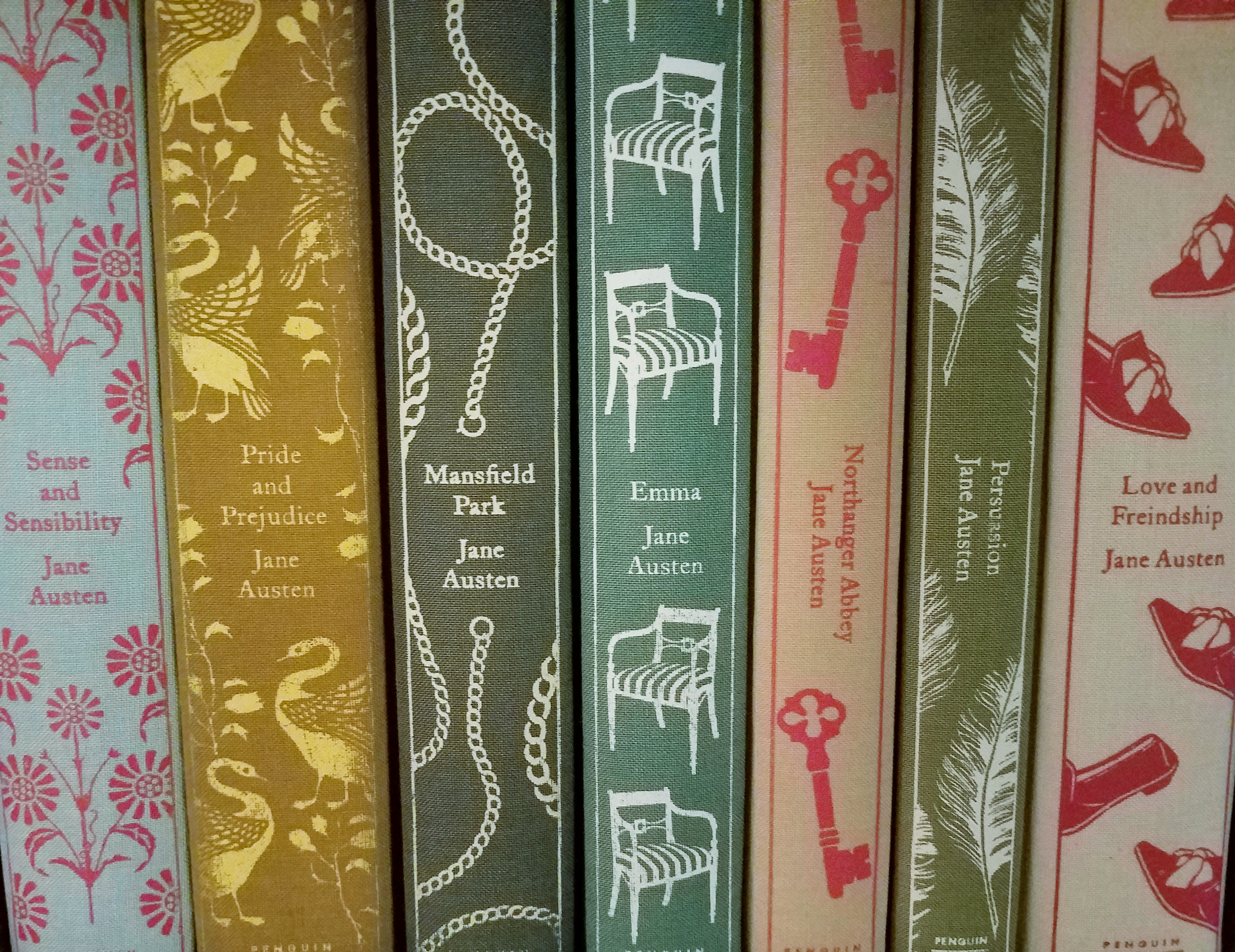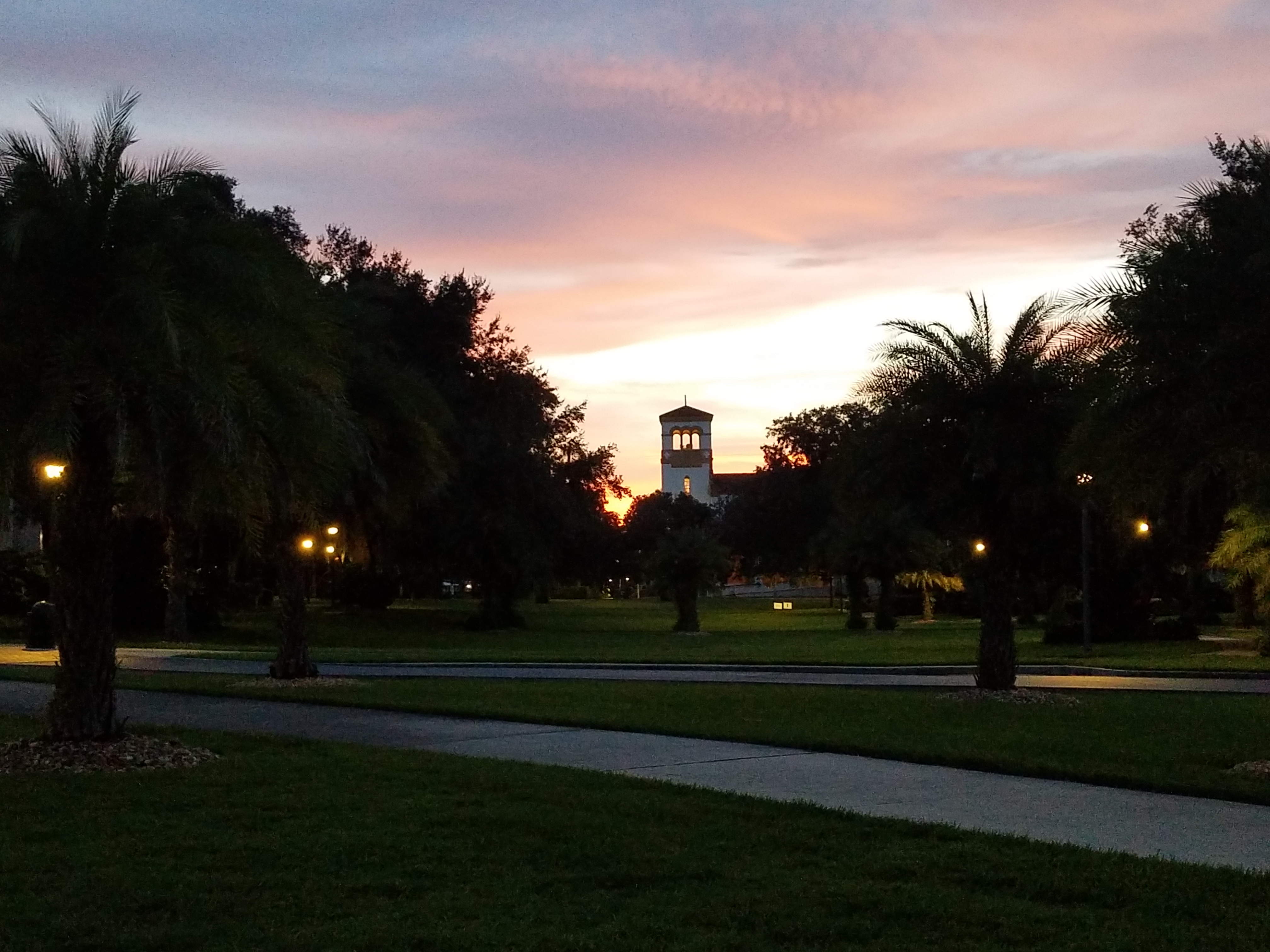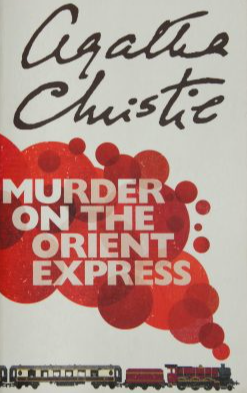By Alora Peters, Arts & Culture Editor
Both men and women have contributed in beautiful and meaningful ways to the realm of literature. In honor of Women’s History Month, here are just a few of the notable literary achievements of the ladies.

Women have been adding to the world’s collection of written works throughout history. In fact, one of the earliest known prose novels is attributed to a royal lady from Japan. “The Tale of Genji,” by Murasaki Shikibu, is believed to have been written in the early 1000s and tells the tale of a prince’s adventures and romantic dalliances in the courts of medieval Japan. Works like “The Tale of Genji” give readers an insight into ancient cultures and help preserve the knowledge of the past.
One of the world’s first science fiction novels was also written by a female author. The classical novel, “Frankenstein,” written by Mary Wollstonecraft Shelley, was a prime example of the Gothic literary era, but also exemplified the beginning of authors using futuristic technologies and inventive sciences in their fictitious work. Shelley’s narrative followed the experiments of a scientist who assembled and animated a human corpse, and the tragedies and trauma that inevitably followed. While the story has now been so continually reused as to become a popular cliché, Shelley’s original “Frankenstein” is a thought-provoking exploration of what it means to be human and remains an important bedrock of the science fiction and horror genres.

Fiction novels are not the only contributions that have been offered by female writers—great spiritual works have also been penned by women. Saint Catherine of Siena is one such author, who wrote powerfully on her mystical experiences and the beauty of prayer. Saints Teresa of Avila and Thérèse of Lisieux are two other revered women who crafted classics such as “Interior Castle” and “The Story of a Soul.” All three ladies were named Doctors of Church, which means they have been specially recognized for their written contributions to Catholic thought and teaching.

Ladies have also used writing as tools for social causes, in order to promote change in the culture around them. For example, author Harriet Beecher Stowe took up the pen to write the novel “Uncle Tom’s Cabin,” which exposed the inhumanity of slavery in the United States. Her work was instrumental in the abolitionist movement that eventually led to the Civil War—in fact, upon meeting her, President Abraham Lincoln is reported to have quipped, “So you are the little woman who wrote the book that started this great war!”

In modern times, female authors continue to make contributions to the contemporary literary body. Many young adult fiction novels have been written by women—the popular “Harry Potter” series by J. K. Rowling, “The Hunger Games” trilogy by Suzanne Collins, and the “Twilight” saga by Stephenie Meyer were some of the most popular books in the early 21st century. These and other woman-authored bestsellers have been major influences on current pop culture.

Today, women continue to use the power of the written word to communicate beauty and meaning to others. There are many opportunities for writers to practice their craft here at Saint Leo University, such as in the annual publication of the literary magazine, the “Sandhill Review.”

It would be a nearly impossible task to catalogue all of the great literary works available to read today—especially as more new additions to the written world are contributed every day. As we continue into this new decade, it will be exciting to see which of the books of today will become the classic masterpieces of tomorrow.




